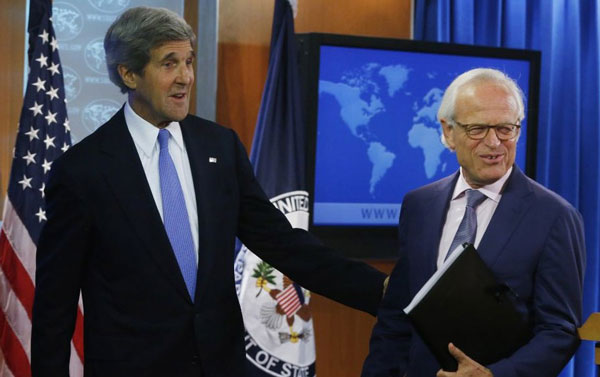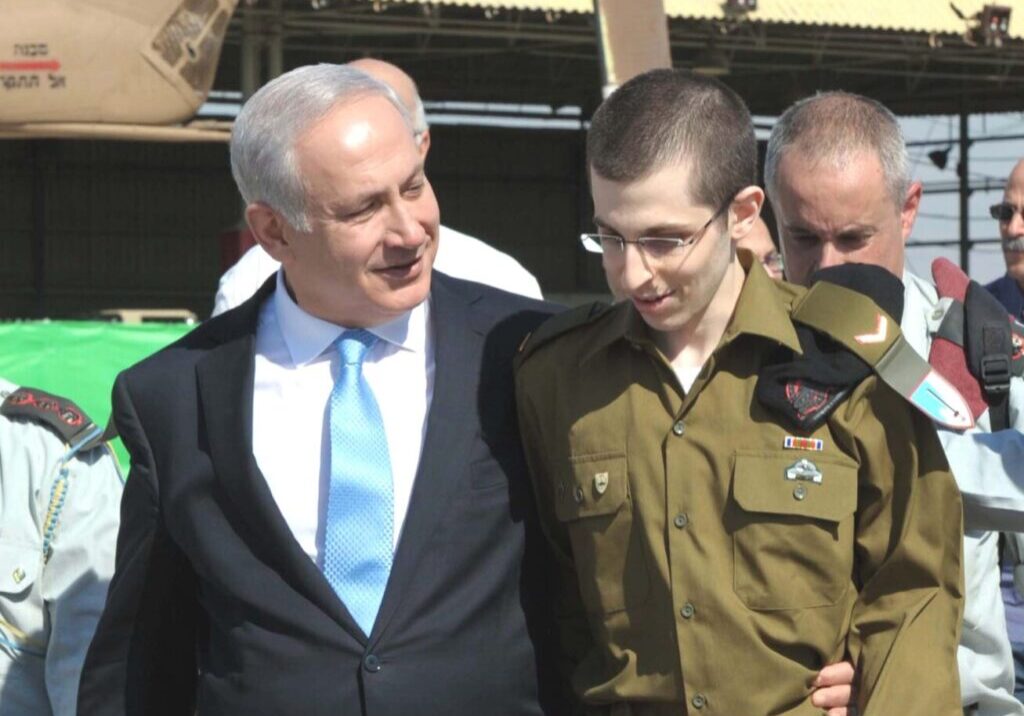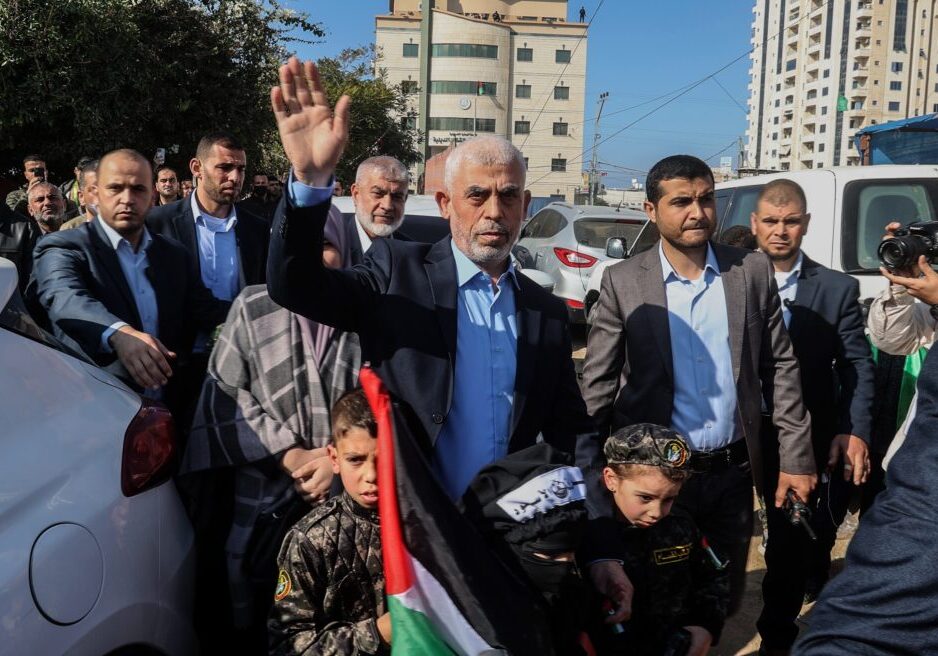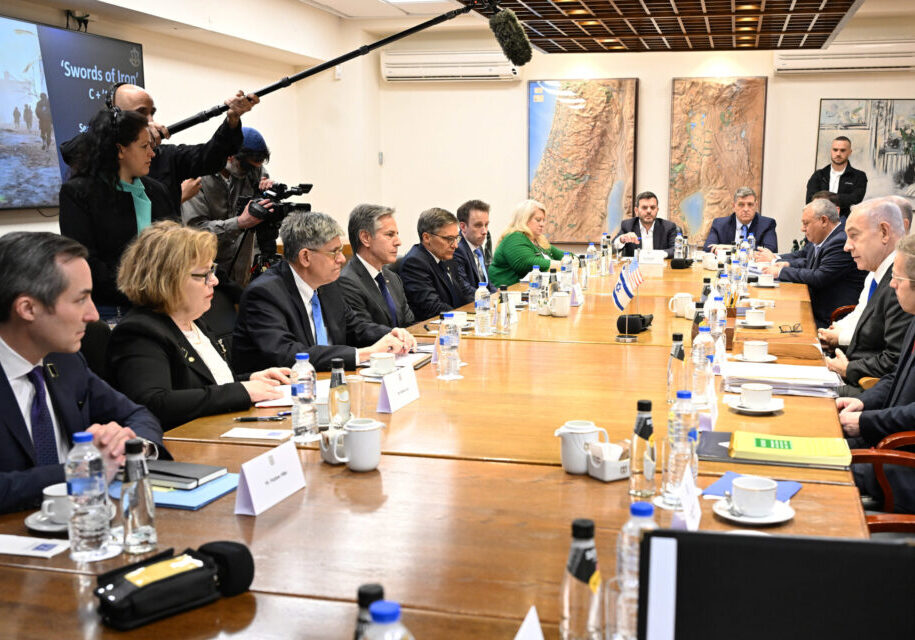Australia/Israel Review
Decision Time
May 27, 2014 | Robert Satloff

A critical juncture in the peace process
Robert Satloff
As narratives about the root causes of the impasse in Israeli-Palestinian negotiations take shape, US leaders have a major decision to make about whether to disengage from diplomacy or deepen involvement in less high-profile ways.
The contours of that choice emerge from a detailed, impassioned, and painstakingly evenhanded speech delivered by Ambassador Martin Indyk to The Washington Institute’s Weinberg Founders Conference on May 8, 2014, chronicling the nine months of Israeli-Palestinian negotiations he stewarded on behalf of Secretary Kerry. In addition to those formal and “cleared” remarks, Indyk expanded at length on the reasons for the breakdown in the peace process in an unscripted question-and-answer session in which the brunt of criticism fell on the architects of Israeli settlement activity for their determined efforts to undermine prospects for progress.
Lost in the heavy focus on settlement activity – including the media stir it caused abroad – was important news Indyk revealed about the recent diplomacy, especially the fact that US negotiators believed they may have had sufficient compromises from Israel to reach a breakthrough agreement, but Palestinian Authority President Mahmoud Abbas refused to even respond to American proposals when he came to Washington to meet with President Obama in mid-March.
Key takeaways from the speech and follow-on remarks include the following:
• Even while castigating the architects of settlement activity for purportedly scuttling the talks, Indyk clearly noted in his prepared remarks that more than half of all settlement units actually constructed during the negotiations were within the slices of West Bank territory that Palestinians had previously proposed to cede to Israel in land swaps.
• Indyk noted that Israeli Prime Minister Binyamin Netanyahu had shown significant “flexibility” in bilateral talks with US officials and, by the time of his early March visit to Washington, was in “the zone of a possible agreement.” Indyk did not offer specifics regarding Netanyahu’s compromises, although press reports have referred to major concessions on territory, including a willingness to negotiate on the basis of the 1967 lines with land swaps.
• Indyk said that by the time the US Administration re-engaged with Palestinians shortly after Netanyahu’s visit to seek compromises from them and press toward an agreement, Abbas had disengaged from the process: “I can’t say that I fully comprehend all of the factors involved, but during that time [Abbas] shut down…The fact is that when he came to Washington in mid-March and we put ideas on the table, by that point he wasn’t willing to respond.” He added: “[Abbas] is seventy-nine now, he’s weary, he wants to leave office, and he’s more focused on succession now than on making peace.” According to Indyk, the elections envisioned as part of Hamas-Fatah reconciliation are key to Abbas’ plans – he does not want to resign under the current circumstances because a Hamas figure (the head of the now-suspended Palestinian Legislative Council) would replace him.
Given the breadth of Indyk’s prepared remarks, it is important to note several key items he did not raise:
• Any mistakes or deficiencies by the US peace team and the wider administration. Of course, it may be too much to have expected Indyk to offer any mea culpas on behalf of his boss, Secretary Kerry. But details of such errors are already beginning to emerge. Earlier in the Weinberg Conference, for example, Israeli peace negotiator Michael Herzog revealed that Kerry had reached inconsistent understandings with each side on how to extend negotiations – including on the fourth tranche of prisoner releases – and thereby contributed to the delay in that process. In addition, it bears noting that Indyk offered no hint about intra-administration differences over the peace process, in which disputes between the State Department and the White House/National Security Council were reportedly a major impediment to a concerted, coherent US approach. More generally, he did not address the cosmic question – in retrospect, were the past nine months a propitious moment for a major US-led push toward a breakthrough accord, and was it wise for the Administration to pursue one?
• The role of other Middle East actors and the “Arab Peace Initiative.” In the past, Arab actors have figured large in US negotiating strategy because of their ability to provide cover for Palestinian compromises or offer diplomatic carrots to Israel. However, Indyk’s account referred solely to the three-way relationship between Israelis, Palestinians, and Washington. It is unclear whether this lacuna reflects an implicit confirmation that the regional impact of the Israeli-Palestinian conflict continues to decline, especially against the backdrop of such transnational crises as the Syrian conflict and Iran’s pursuit of regional influence.
• The hot-button issue of Israel’s demand for recognition as the nation-state of the Jewish people. Asked about this in the question period, Indyk said it was “legitimate” for Israel to raise the issue, and that “once the Palestinians come to understand what their state will look like and when they will get it, this issue will become much less important, and solvable.” Yet he offered a gloomy prognosis on resolving it soon: “At the moment, the gap on this issue is very wide. Prime Minister Netanyahu says it’s foundational, and [Abbas] says ‘I won’t even discuss it.'”
Waiting for Kerry’s decision
At the heart of Indyk’s account is a narrative about what really caused the negotiations to stall. In rhetoric and emotion, the main thrust of his speech was that Israeli settlement activity (actual and planned) was first-among-equals as the reason for the current impasse. At the same time, his account portrays a flexible Israeli leader willing to make substantial compromises for a peace agreement only to be met by a Palestinian leader, who, at the critical moment, refused even to respond to American proposals. Reconciling both aspects of this narrative is not easy.
Perhaps the real impact of Indyk’s speech is the implications it may have for senior US officials – especially Secretary Kerry – as they mull the critical decision of how to proceed with peacemaking.
In the current situation, there is intense speculation as to Secretary Kerry’s next step. On the one hand, he could choose from variations on the “James Baker option”: endorse the focus on settlement activity as the principal, though not sole, reason for the breakdown in diplomacy, announce some version of the US ideas sufficient for Israeli-Palestinian agreement, and invite the parties to call him whenever they have the “urgency” (to use Indyk’s term) to make the compromises needed for breakthrough. This would have the effect, if not the intent, of heaping the lion’s share of blame on Israel and effectively freeing Palestinians from responsibility for their actions (and inaction) in the process. While this type of policy may be alluring to some, it has the seeds of many future policy headaches, such as feeding international condemnation of Israel that the United States would have to work to counteract; feeding Israel’s sense of abandonment at a critical moment in the Iran nuclear negotiations; and feeding a potent mix of defiance and irresponsibility among Palestinians that might end with a much worse political configuration in Ramallah.
Alternatively, Kerry has a range of options to keep the United States – and him personally – engaged in peacemaking, though perhaps in a different format. This includes taking active steps with the parties to ensure the sustainability of their security cooperation; proposing unilateral steps each could take that might reshuffle the political situation in a way that makes formal negotiations more likely to succeed; coordinating with both sides to prevent a spiral of negative unilateral steps that would make a return to diplomacy more difficult (such as further Palestinian initiatives to gain status and rights in the UN system, or actual Israeli settlement construction in outlying areas that most Israelis believe will end up as part of a Palestinian state); and working with Abbas to ensure that Palestinian reconciliation efforts result in political dominance for pro-peace forces and present credible, reform-minded candidates for leadership succession.
This policy direction would require persistent American engagement – i.e. lots of hard work – though not the high-flying diplomacy of recent months. In the coming days, it will become clear whether Washington is disengaging from the Israeli-Palestinian arena, or instead shifting from the high-risk, high-reward efforts of the past nine months to a lower-profile, more incremental, but still deeply engaged role for US diplomacy.
Dr. Robert Satloff is Executive Director of The Washington Institute for Near East Policy. © Washington Institute, reprinted by permission, all rights reserved.
Tags: Israel






